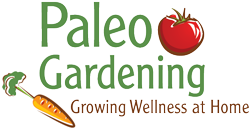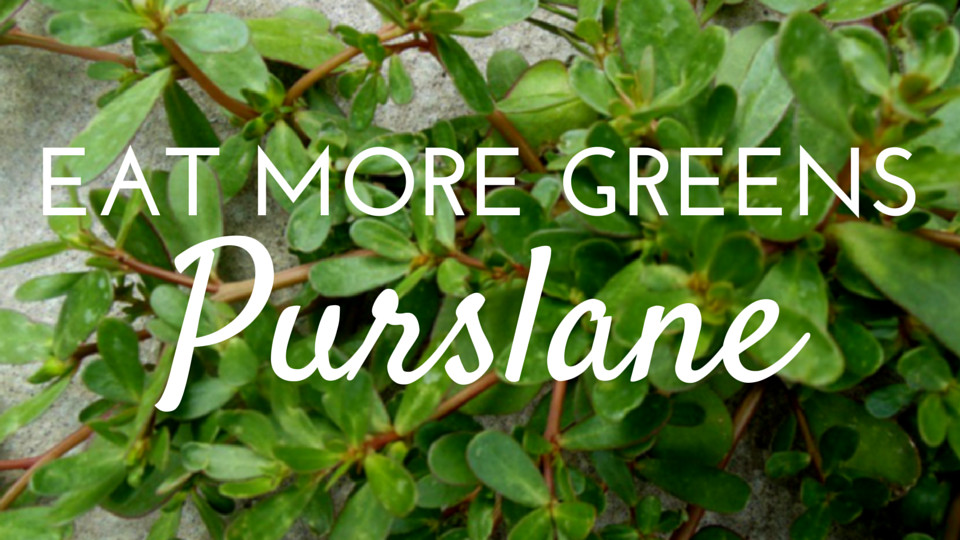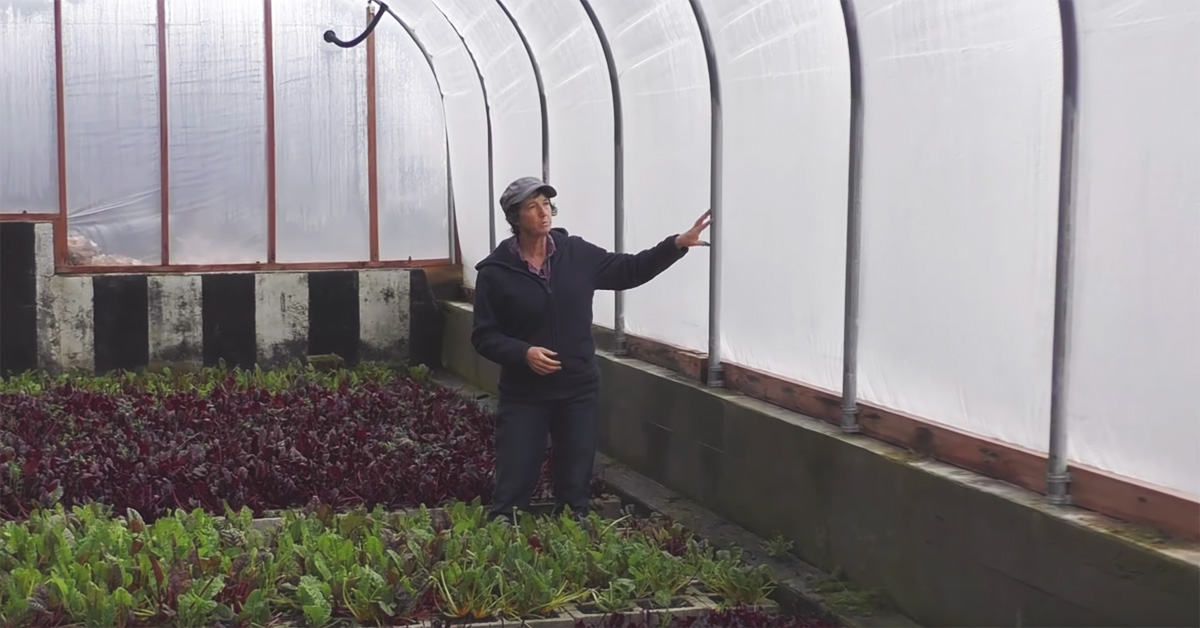Our ancestors ate around 200 species of plants and animals over the course of the year. With the majority of our food coming from just a few sources we are limited in the variety of plants and animals that we can consume. By growing your own food you can open up a whole world of new varieties. When you enjoy a wide variety of plant species you access more of the nutrients our bodies need.
Our body knows how to take the nutrients it receives in the food and use it to our best advantage. We are just beginning to understand how all the different nutrients in foods are converted by our bodies to give us all that we need. In the plant, the vitamins and minerals are not separate from the enzymes and other compounds that the plant has. When we ingest plants in their whole form we are getting the vitamins and minerals in a package deal. The secrets as to how this package is used to give us health are not fully understood by science. Therefore is it important to get our nutrients from the plants and animals as whole packages, not just the vitamin or mineral in its separate state. In order to do this we need to involve as many species as we can to provide our bodies will all the nutrients and vitamins that it needs.
Over the next year I want to introduce you to plants that you can grow and eat to increase the number of species that you are eating. When you learn to grow your own food you will now have access to more species than ever before and the cost will be low enough that anyone can do this. All you will need is a little gardening education, some curiosity and braveness to taste new foods. Once you learn the new foods that you like, you will have the ability to grow them yourselves whenever you want them. Now you are in control of your health not the produce buyer for your local store. Nobody is going to do this for you. You must do this for yourself and your family.
Today I want to introduce you to a wonderful plant called purslane. It is a common weed in North America but around the world it is grown as an herb and eaten regularly. Michael Pollan, in his book In Defense Of Food, says that “Two of the most nutritious plants in the world are weeds—lamb’s quarters and purslane—and some of the healthiest traditional diets make frequent use of wild greens.”
This succulent easy to grow plant is high in omega-3 fatty acids and contains vitamins A, C, B, magnesium, Calcium, potassium and iron. According to experts at the University of Texas at San Antonio, purslane contains 10 to 20 times more melatonin, an antioxidant, than any other fruit or vegetable they tested. All of these benefits are just the beginning, Frances Robinson in her article Power Packed Purslane writes, “A Nutrient Rich Weed Purslane may be a common plant, but it is uncommonly good for you. It tops the list of plants high in vitamin E and an essential omega3 fatty acid called alphalinolenic acid (ALA). In addition to ALA, other omega3s include eicosapentaenoic (EPA) and docosahexaenoic (DHA) acids mostly found in aquatic plants and animals, especially oily fish.”
Purslane (Portulaca oleracea) is native to Asia, India and Persia. There are ancient cultures that include purslane in their cooking. The Russians preserved purslane for eating in the winter. In Mexico it is called verdolaga and is a favorite food. It is found all around the world and because it will grow in places that have poor soil and have been cleared. It will grow in the cracks of sidewalks and driveways all summer long, it does not mind the heat. It is a succulent plant with reddish stems, green leaves and yellow flowers. The entire plant is edible.
There are so many health benefits to this herb and it grows easily and is free to gather. What a treasure growing right under our feet. When you grow it in a garden and tend to it a little bit it gets even bigger. This is one of the treasures of the world that is free for the taking. If you will look around you will probably find it growing somewhere in your neighborhood. I like the idea of gathering food but our world is so toxic that I am hesitant to eat anything alongside the roads and in places that I don’t know what has been sprayed. If you find a plant, bring it home, transplant it into soil that you feel is safe, grow it in a clean environment for at least 4 weeks before eating it. The best soil to plant them in is a nice sandy loam soil mix. The purslane can grow in poor soil but you will get bigger thicker stocks in good soil.
If you can’t find any plants then you can get some seeds from Seed Savers or Johnny’s Selected Seeds. If you order seeds then plant them in seedling mix. (You can use my family’s secret seedling mix from my article on Starting Seeds Indoors.) In order for the plant to have the optimum nutrition it needs to have that nutrition in the soil it is living in. Be sure to add some compost and trace minerals to the soil once a month. Grow it in full sun and in a warm place. It is not frost hardy so grow it in the summer and preserve some for the winter.
So what does it taste like? It is slightly sour like lemons and a bit tangy. As a kid my dad used to put purslane in our dill crocks. He said that I would always dig out the purslane and eat the purslane first. Read my article Make an Old Fashioned Dill Crock to learn about fermenting purslane!
There are many ways to eat it. People eat it fresh, in stews, soups, salads and fried. It is also used in smoothies and is a great way to eat your greens. Here are a few recipes for enjoying this world renowned delicacy.
- Pickled Purslane from the Healthy Green Kitchen
- Cucumber Purslane Slushie by Amanda Rose on Fresh Bites Daily
- Puerco Con Verdalogas (Pork with Purslane)
- 45 Things to Do With Purslane from Chocolate and Zucchini
- On our website you can find more recipes to enjoy your new favorite, Purslane!
Share your purslane recipes or pictures in the comments below. I would love to hear from you!
Until next time, may your garden be easy, fun, productive and always organic!
Lynn
P.S The weekly leafy green is just a taste of what you can find in our latest online high performance gardening course- the Leafy Greens Container Course will show you how to grow 3 cups a day of the multicolored, nutrient dense greens you can find nowhere else. If you are ready to build the garden designed for the busy modern lifestyle check out our revolutionary online course.




